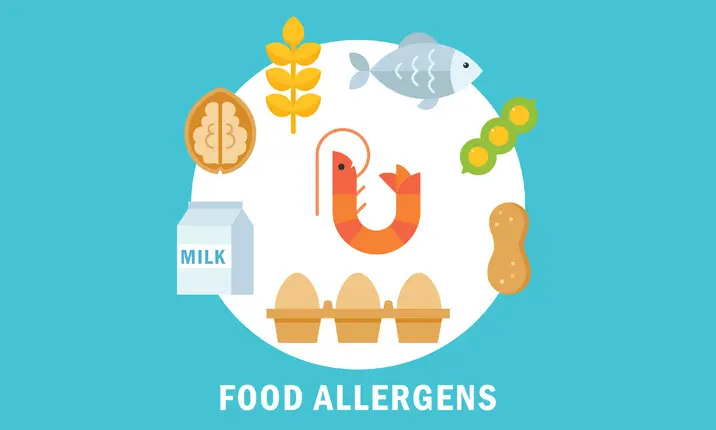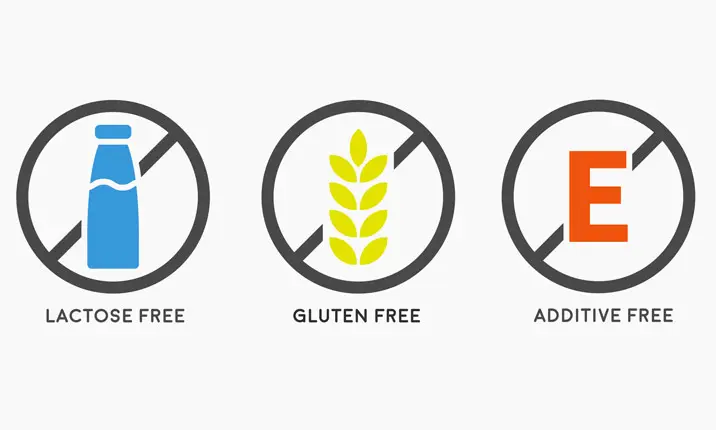A food allergy occurs when your immune system misinterprets certain chemical compounds in food as harmful, and tries to protect your body against it. Your body does this by releasing chemicals such as histamine, which causes inflammation. Most allergic reactions are classified as mild and not life-threatening. However, in severe cases, allergies can lead to anaphylaxis, a serious, life-threatening allergic reaction.
Symptoms of mild allergic reactions can include:
- Diarrhoea
- Hives or rash
- Nasal congestion
- Scratchy throat
- Vomiting
- Watery or itchy eyes
Food allergy triggers
Foods that cause allergic reactions are classified as triggers. The following foods are responsible for about 90% of food allergies:
- Eggs
- Fish
- Milk
- Peanuts
- Shellfish
- Soy
- Tree nuts (walnuts, pecans, almonds)
- Wheat
How to treat a mild food allergic reaction
When your body reacts to a food you ate, the first step you can take is to stop eating the food item. Repeated exposure to the allergen will only make the reaction worse. Antihistamines such as Benadryl can help ease symptoms such as hives and itching in a mild allergic reaction.
Difference between food allergies and intolerance
Food allergies tend to be less common and more dangerous when compared to food intolerance. People with food allergies are advised to avoid the allergen entirely. However, people with food intolerance can still eat small amounts of the food.
Children, as well as adults, can develop intolerances to different types of food such as:
- Lactose – the main carbohydrate in dairy products (lactose intolerance)
- Gluten – a protein found in wheat, rye and barley (gluten intolerance)
- Food additives such as preservatives used to prolong shelf life, food colouring and flavour enhancers (food additives intolerance)
Symptoms of food intolerance include:
- An upset stomach
- Bloating
- Diarrhoea
- Headache
- Nausea
- Rash
- Asthma attack (this only occurs to an asthmatic person who is sensitive to sulphites)
Is there a way to prevent food allergies from developing?
In some cases, introducing triggers, also known as allergens, such as peanuts to children at a young age (before the age of one) may lower the possibility of developing them developing an allergy to the food item.
Is it possible to outgrow food allergies?
Children generally, but not always, outgrow allergies to milk, egg, wheat and soy. However, studies show only around 25% of children may outgrow their peanut allergy.
Is it possible to develop new allergies?
While most food allergies develop when you are a child, they can develop in adulthood as well. The most common food allergies for adults are shellfish, tree nuts, peanuts, and fish.
When to seek emergency medical help
Anaphylaxis is a serious, life-threatening allergic reaction. The most common anaphylactic reactions are to foods, insect stings, medications and latex.
Symptoms of an anaphylactic reaction include:
- Low blood pressure
- Severe rash
- Shortness of breath
- Swelling of your throat or tongue
If you experience this type of allergic reaction, call for an ambulance immediately. If left untreated, this condition can be life-threatening.
















